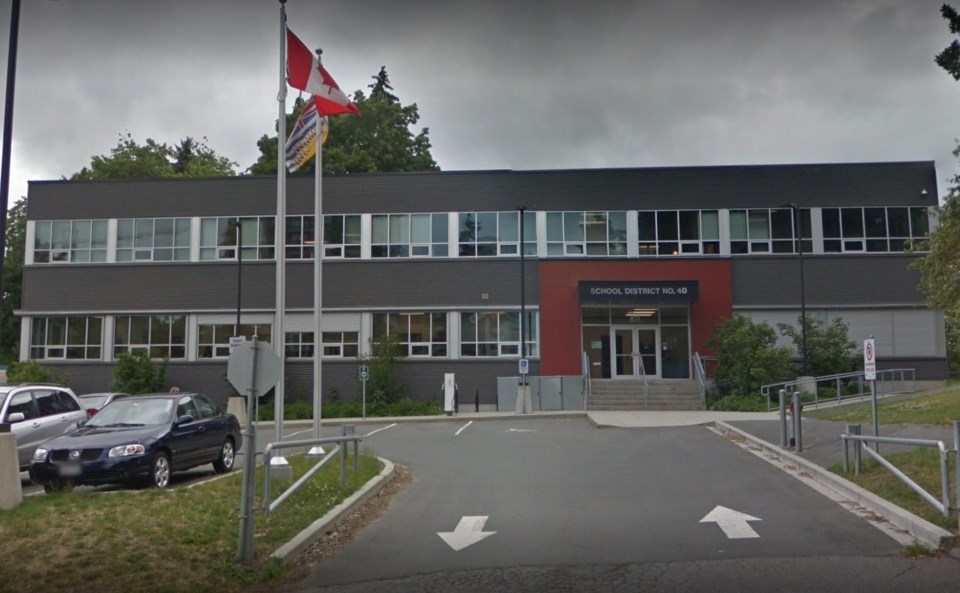The New Westminster School District is looking at four different scenarios to make ends meet this year.
The district’s secretary-treasurer presented a report on the financials for the preliminary budget at a school board committee meeting on Tuesday, March 3.
“This is only a starting point for a budget discussion,” Bettina Ketcham, the district’s secretary-treasurer told the Record.
Potential changes this year include an anticipated decrease in revenue from international students, and an anticipated decrease in enrolment in continuing education.
“We look at what we anticipate for enrolment, and we’ve forecasted up to this point that we will need more spaces for our own students, our own local residents,” Ketcham said. “So we’ve had to reduce the international numbers to accommodate our own local students.”
Registration for the upcoming school year ends on March 13, and the space available for international students can be reassessed after that, she added.
In the first scenario in the report, the district’s daytime continuing education program at New Westminster Secondary School would be moved into portables at another site – it can no longer stay in its current location as a memorial park is being built as part of the new high school.
It would cost $500,000 for five portables, according to the report.
Scenario 1 results in a deficit of $183,163, which is not allowed by law, the report stated.
Scenario 2 would reverse the 2019/2020 surplus initiatives and bring back one-time costs charged to a special purpose. The scenario includes portables for the daytime continuing education program, as in Scenario 1. This option would result in a $363,042 surplus.
Scenario 3 would do away with the continuing education daytime program but keep the late afternoon and night program. This would result in $755,184 less funding from the government but a savings of
$812,478. Anticipated growth in the night program would add $79,649 to the district’s coffers. This option would result in a $747,711 surplus.
Scenario 4 would cancel the continuing education daytime and late afternoon programs but keep the night program. This would result in $911,706 less funding from the government but a savings of
$974,343. Anticipated growth in the night program is estimated to bring in an additional $87,077. This option would result in a $816,393 surplus.
Scenarios 2 through 4 would also mean $546,205 in initiatives covered by surplus funds last year would not be renewed for the upcoming school year, including a part-time teacher mentor’s salary, a part-time fine arts teacher’s salary and more.
But that decision is dependent on the superintendent’s recommendations and the board, according to Ketcham.
“The superintendent recommendations might inform that some of these surplus initiatives might continue into the future,” she said, adding the surplus funding represents one-time dollars.
All scenarios would also include $200,000 for two new portables for the district, though it’s not clear until registration numbers are in how many portables are needed, according to the report. The scenarios would also include $1 million for furniture and equipment for the new high school, but that final budget is still being determined.
Another funding issue is that admin and exempt staff wages are not covered by the government, according to the report. They are projected to cost the district $290,009.
The recommended surplus balance threshold is $2 million, according to the report. All of the scenarios fall below that.
Preliminary budgets are not due until June 30, the report stated.



